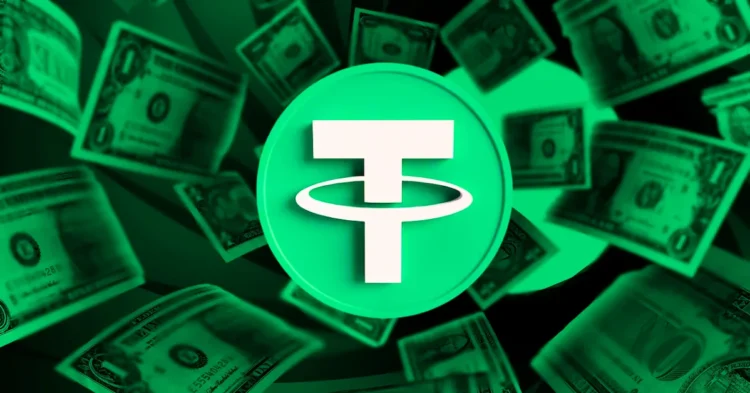The crypto markets concluded 2024 with a notable degree of uncertainty. Central to this unease were widespread discussions on social media concerning Tether (USDT), specifically regarding its compliance with the European Union’s MiCA regulations. Speculation abounds that these regulatory pressures might precipitate a market downturn. However, some experts, including Michael Van de Poppe, suggest that these fears might be overstated.
Revisiting Tether’s History and Profitability
Tether has long been a focal point of skepticism within the crypto community. It has faced accusations of being a speculative “bubble” and engaging in opaque financial practices. Despite such criticisms, Van de Poppe highlights that Tether reported impressive financial results, netting over $5 billion in profits during the first half of 2024. This indicates a strong financial standing. Tether asserts that it is fully backed and over-collateralized, yet its critics remain concerned about transparency issues.
MiCA, or Markets in Crypto Assets Regulation, introduces stringent rules for stablecoins operating within Europe, aiming to enhance investor protection and ensure financial stability. Tether’s decision not to comply with MiCA contrasts with its strategic investment in Stably, a euro-pegged stablecoin issuer that meets these regulatory standards. This allows Tether to continue its operations in the U.S. and MENA regions, sidestepping European regulatory challenges.
Market Sentiment Around Tether
As European exchanges adjust to MiCA regulations, many have proactively shifted away from USDT, favoring alternatives such as USDC or euro pairings. Competitors like Circle’s USDC have gained ground, yet some analysts argue the concerns over USDT’s future are exaggerated. They suggest that while this transition could lead to temporary liquidity challenges, a market crash is unlikely. Instead, this fear-induced selling might offer astute investors opportunities to acquire altcoins at reduced prices.
Paolo Ardoino, Tether’s CEO, encouraged the community to disregard misinformation, dismissing competitors’ claims as unfounded. Tether has been gearing up for MiCA by halting its EURT stablecoin to align with forthcoming regulations while continuing to invest in other European Union operations.
Crypto legal expert Jonathan Galea clarified that Tether’s non-compliance with MiCA does not render it illegal, though the regulations could constrain market liquidity if enforced too rigorously. Crucially, Tether’s primary focus remains on the Asian markets, where the bulk of its trading activity occurs, thus mitigating the impact of European regulations.
Altcoin Predictions for 2025
Michael Van de Poppe’s insights on altcoin predictions for 2025 suggest that the current negative market sentiment presents a unique window to accumulate altcoins at their cyclical lows. He observes that Bitcoin’s recent correction and the outflows from its ETFs are part of the typical year-end portfolio adjustments by asset managers, with expectations of renewed inflows in January.
Ethereum, on the other hand, continues to demonstrate resilience against Bitcoin, exhibiting signs of upward momentum while remaining undervalued. Van de Poppe points to Optimism and SEI as promising altcoins, anticipating potential rebounds early in the year, and views XRP’s correction as a standard market retracement.
He dismisses the bearish sentiment surrounding Tether as overhyped, suggesting that the market is poised for a reversal in January, presenting a favorable entry point for investors seeking long-term gains.











